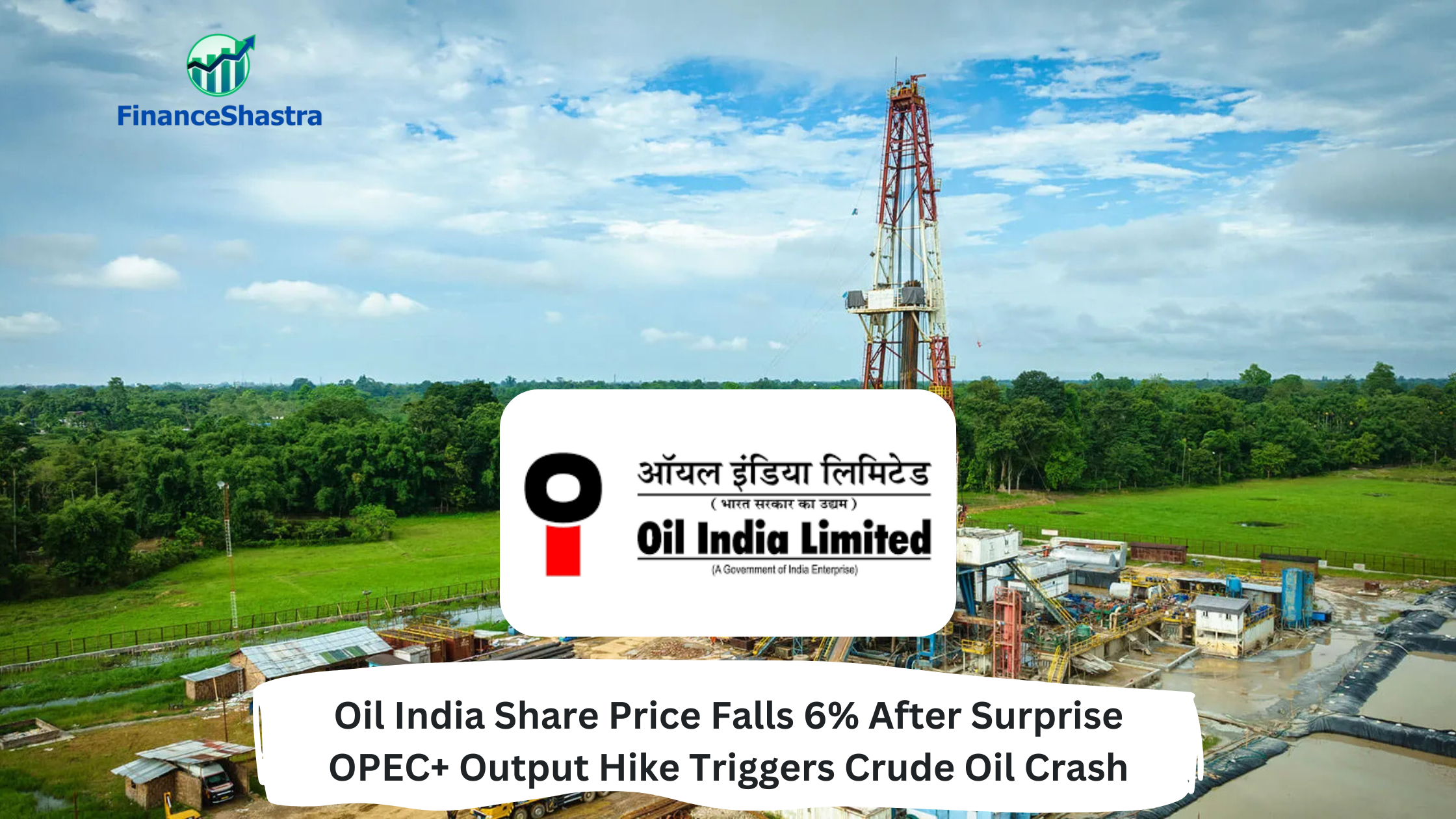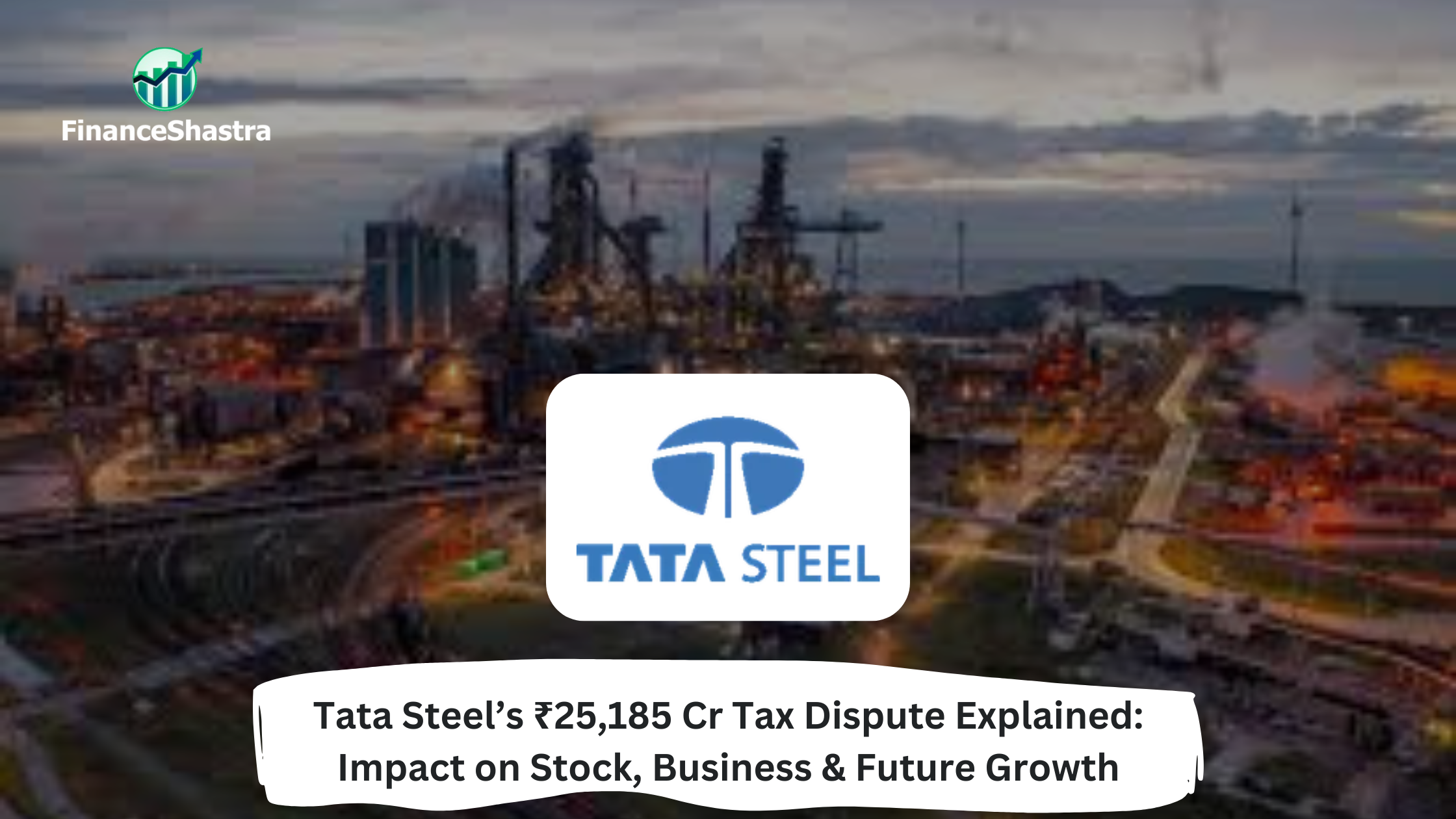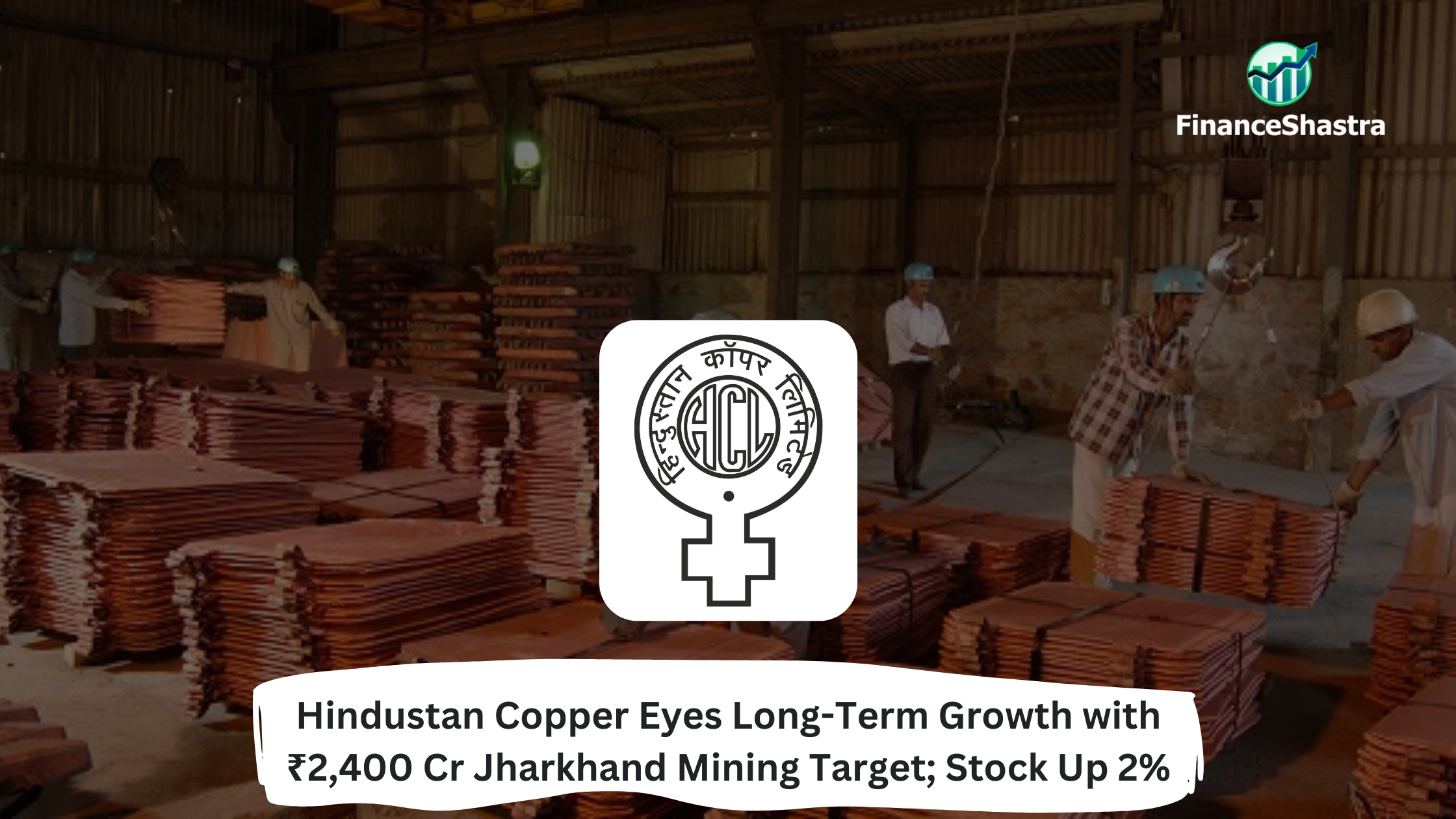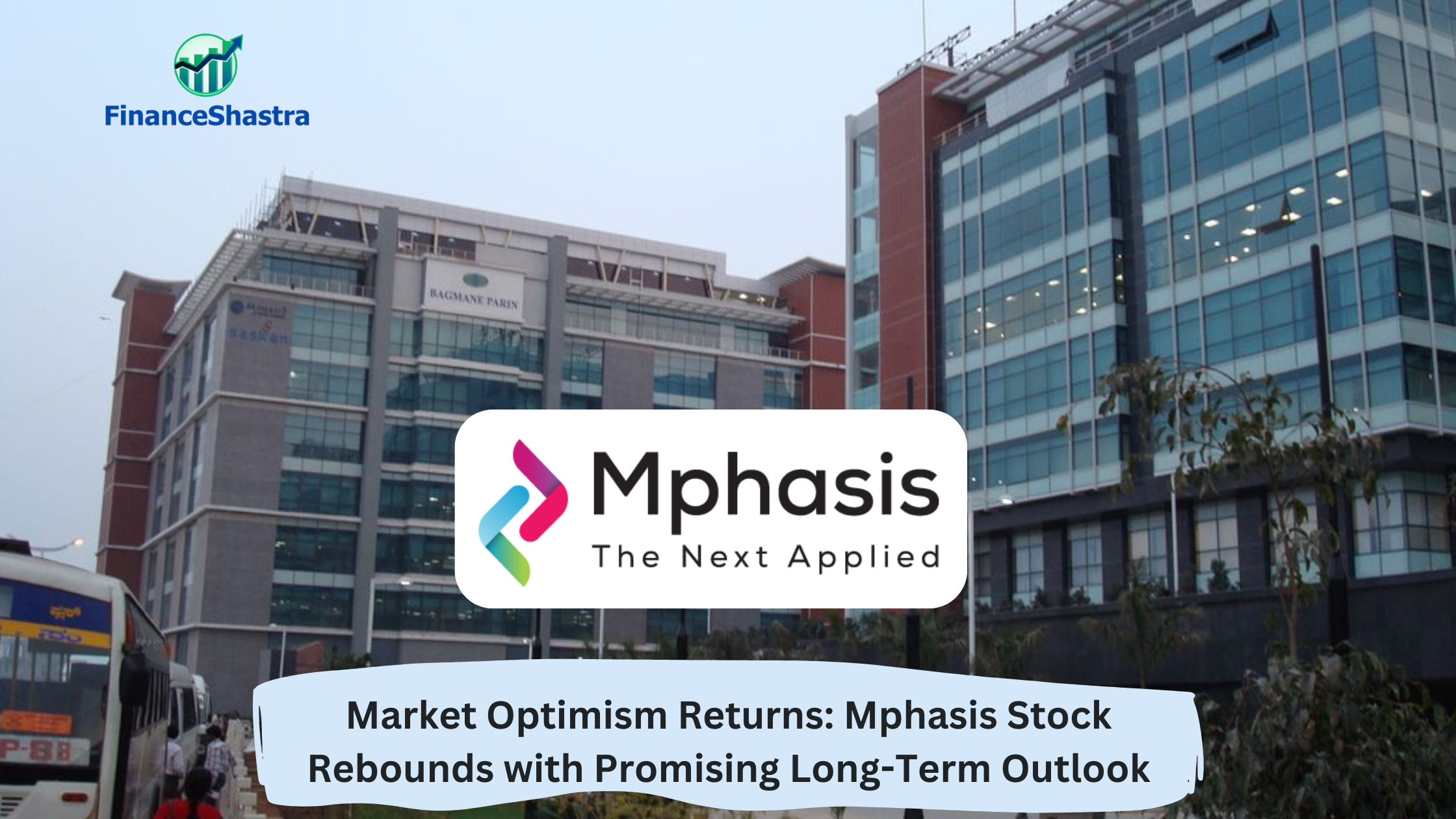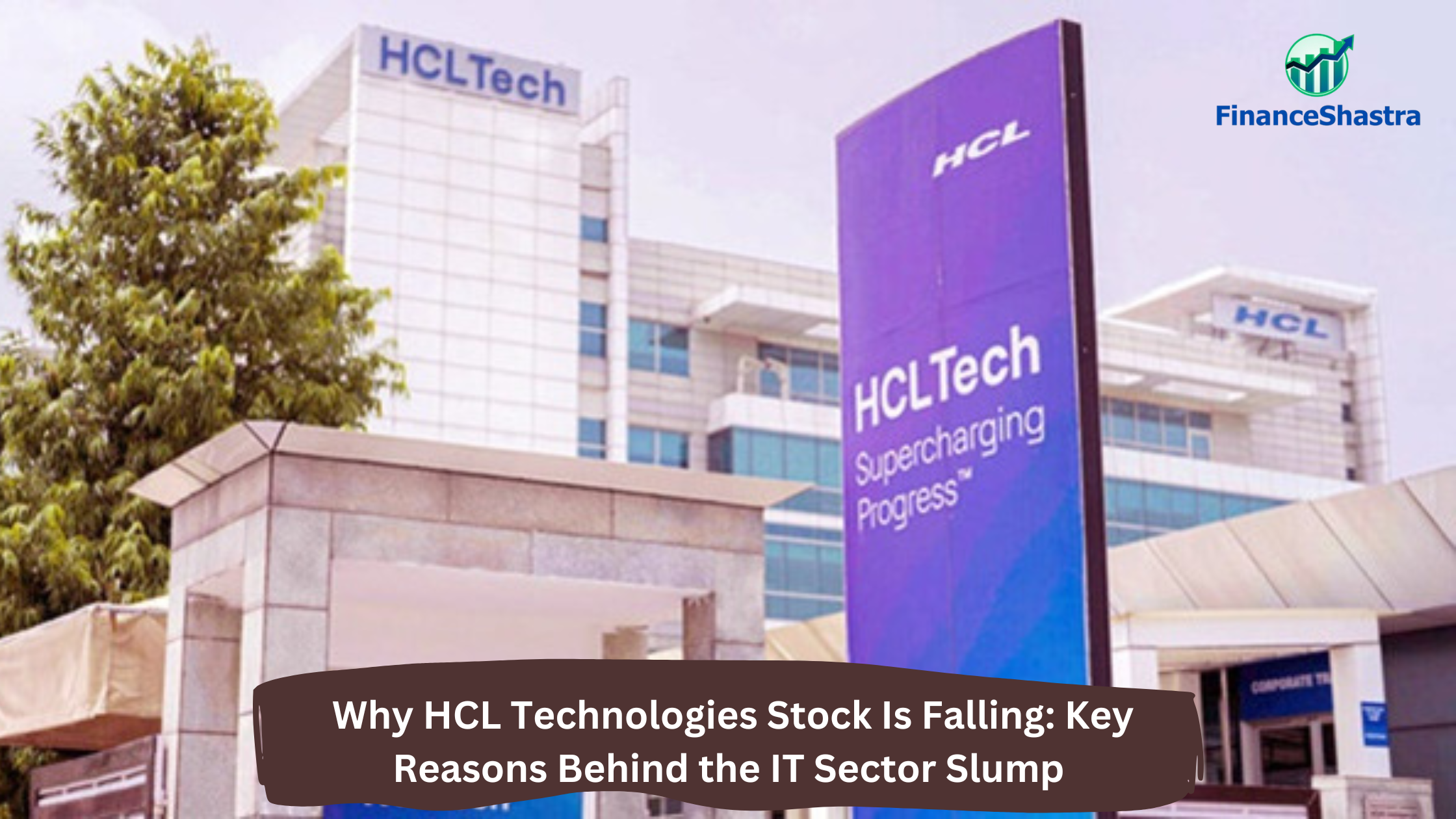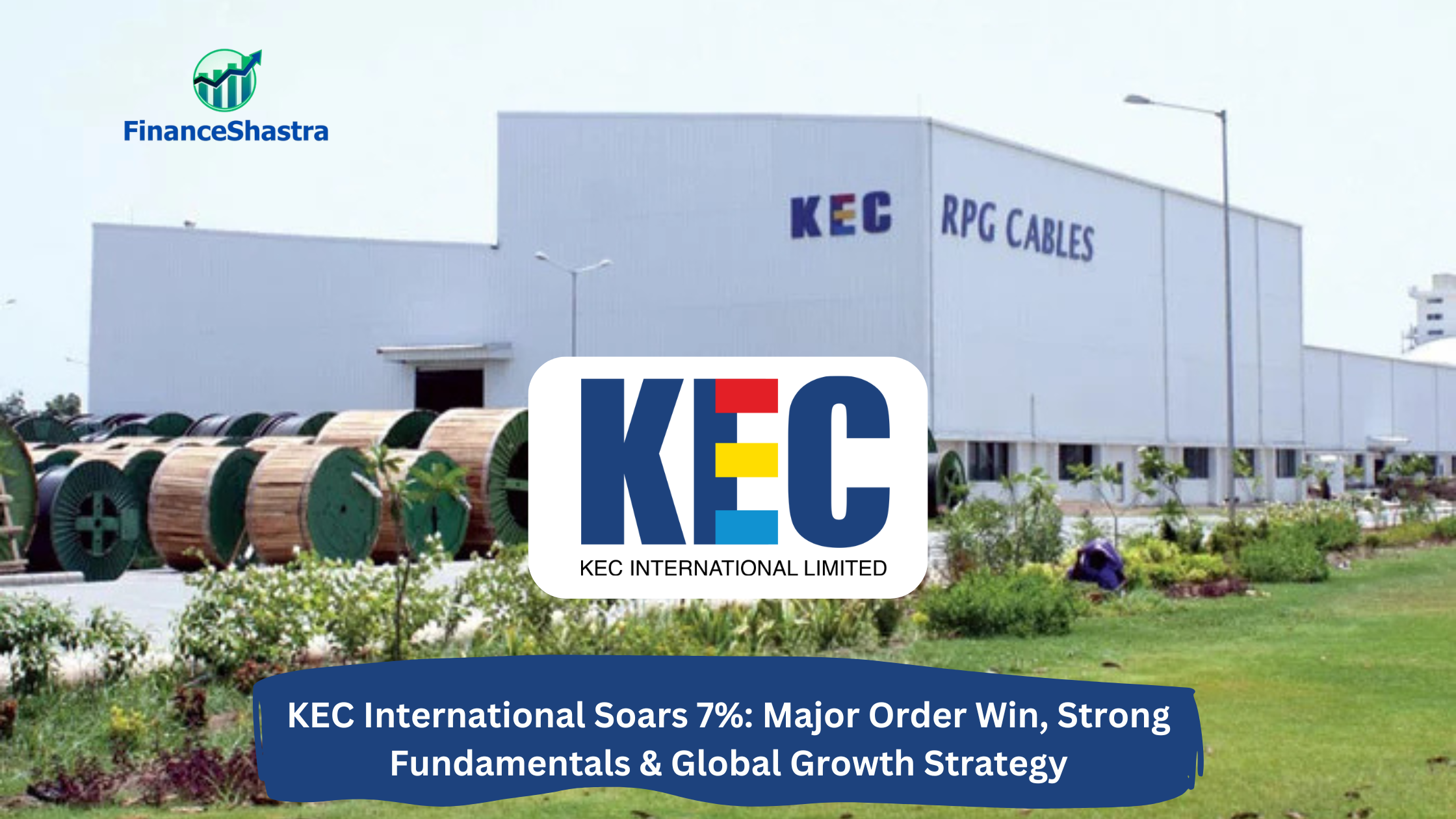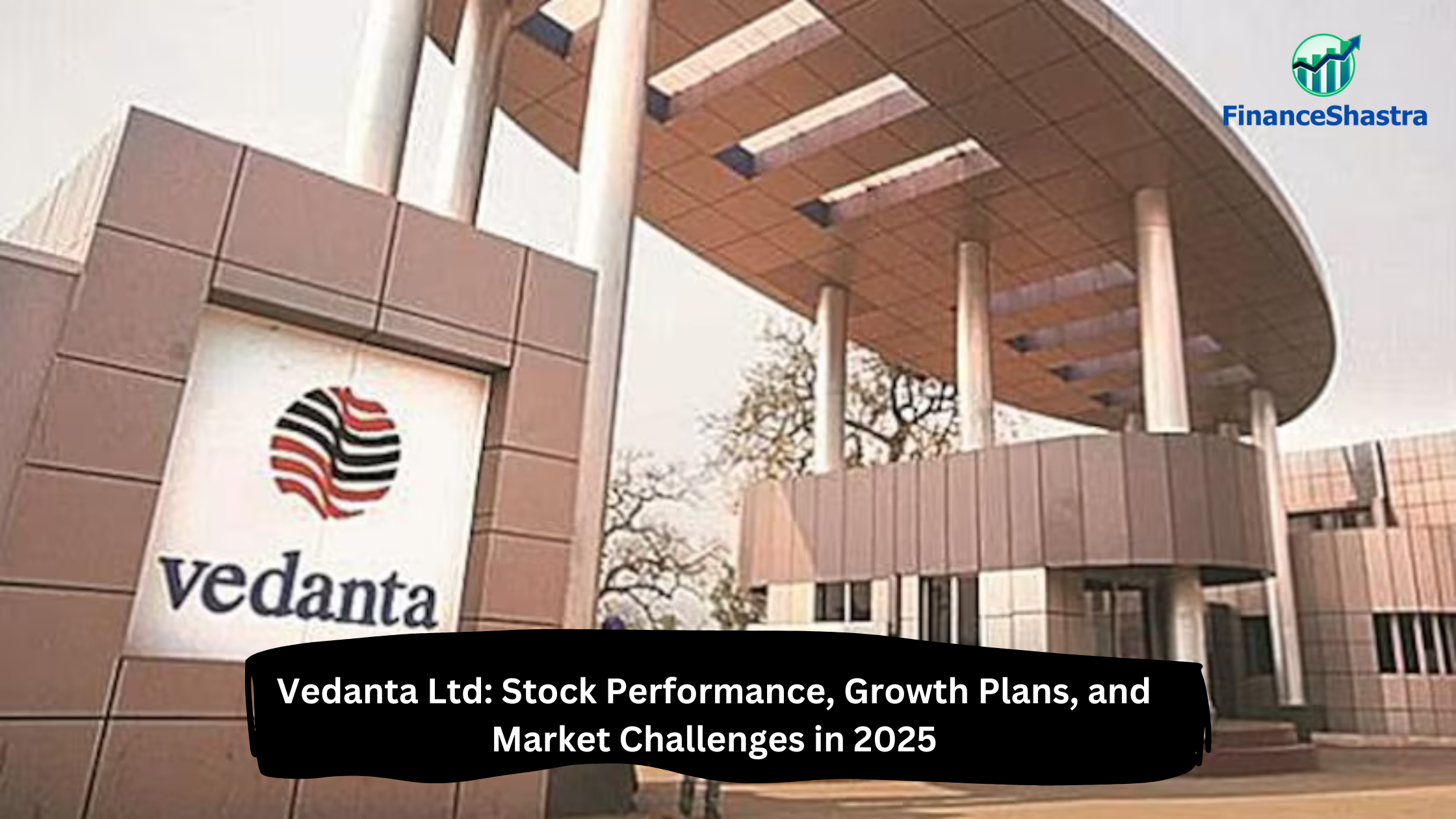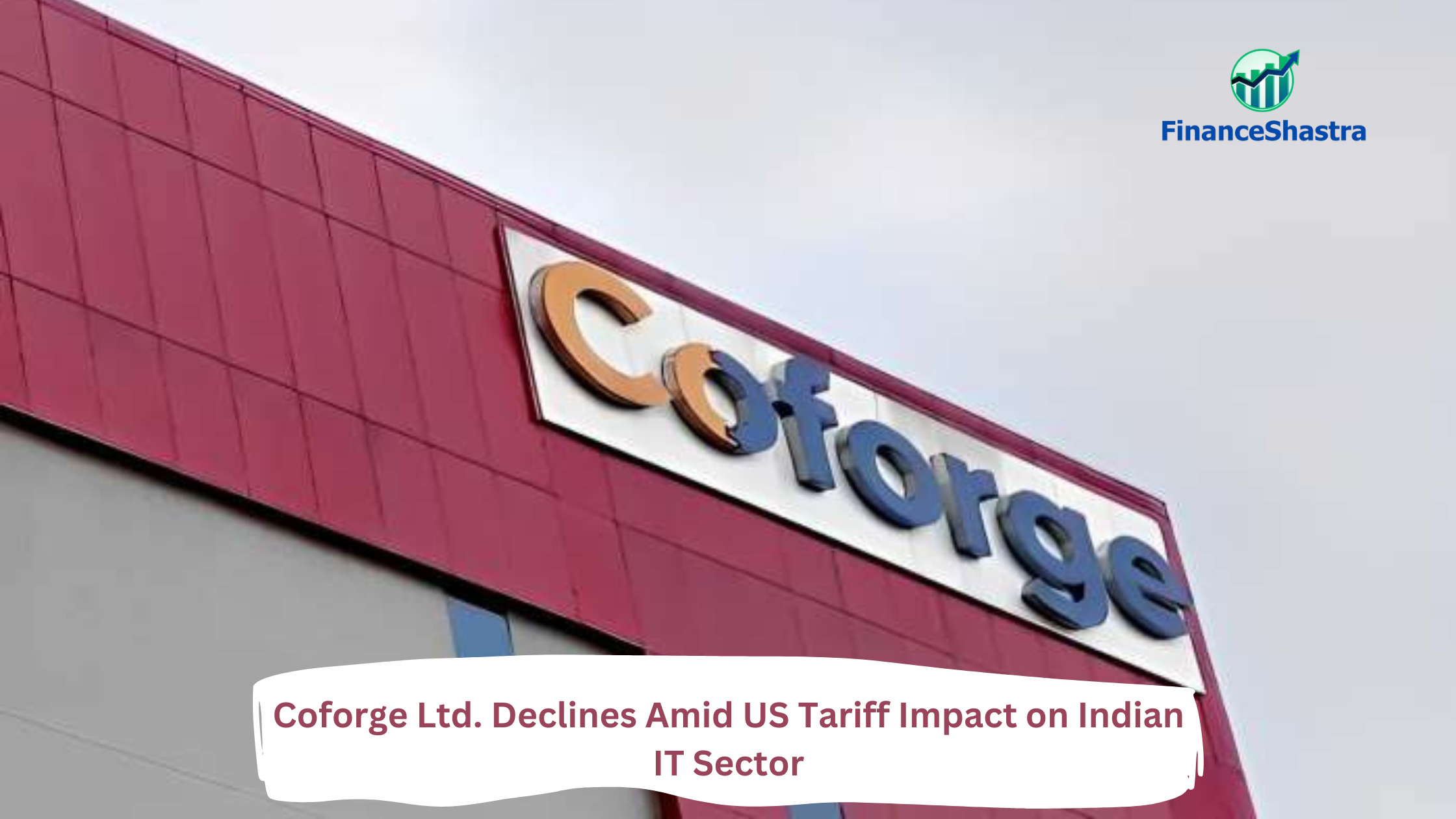Oil India Share Price Falls 6% After Surprise OPEC+ Output Hike Triggers Crude Oil Crash
Business and Industry Overview:
Oil India Ltd (OIL) is a government company that finds, produces, and transports crude oil, natural gas, and LPG. It works under the Ministry of Petroleum and Natural Gas and has Maharatna status, making it one of India’s top public companies. Its main office is in Duliajan, Assam, with other offices in Noida, Kolkata, Guwahati, and Jodhpur. It was first found in Digboi, Assam, in 1889. The company started in 1959 as a joint venture between Burmah Oil Company and the Indian government. In 1982, the government took full control. In 1995, it became a public company. It produces crude oil, natural gas, and LPG every year. Most of the oil and gas comes from Northeast India. The company also works in Rajasthan, Andhra Pradesh, Odisha, Tamil Nadu, Mizoram, and Arunachal Pradesh. OIL has over 100,000 square kilometers of land to find more oil and gas. It also works in Libya, Gabon, Nigeria, Sudan, Venezuela, Mozambique, Yemen, Iran, Bangladesh, and the USA.
OIL owns a pipeline from Duliajan to Barauni, Bihar to transport crude oil. It also bought Numaligarh Refinery Limited, making it a subsidiary. The company has found new oil and gas in Mozambique, Gabon, and Libya, and invested in shale oil in the USA. OIL is looking for more oil and gas in Northeast India. It has started projects in Assam, Arunachal Pradesh, and Mizoram to find oil in difficult places. The company has over 100 years of experience and is growing in India and other countries.
With India targeting to achieve a $5 trillion economy by 2025–26, there is a huge surge in the petrochemical industry to fulfill the demand of the growing economy. Petrochemicals would fuel various industries that will contribute to the growth of the economy, such as agriculture, automotive, packaging, construction, manufacturing, and many more. Hence, this industry cannot be ignored, and the petrochemical demand is expected to reach $1 trillion by 2040. Recently, the Government of India has taken various initiatives, including 100% FDI through automatic routes, establishing Petroleum, Chemicals, and Petrochemicals Investment Regions (PCPIRs). It is also setting up infrastructure like 10-plus plastic parks which are to be executed between 2020 and 2035. OIL maintained an industry leadership position with a market share of 44.6% and sales volume of 85.8 MMT.
Latest Stock News:
On Thursday, April 4, 2025, the share price of Oil India dropped by 8.1%. It reached a low of ₹354.6. ONGC also saw a fall of 7.85%, going down to ₹224.2. This happened because global crude oil prices went down sharply. Both Brent and WTI crude oil fell by almost 7%. WTI crude dropped close to $66 per barrel. Brent crude dropped to $70 per barrel.
The fall in prices happened because of a surprise move by OPEC+. OPEC+ is a group of oil-producing countries. They control how much oil is produced. Earlier, they said they would increase production by 1.38 million barrels per day in May 2025. But suddenly, they changed the plan. They announced a much bigger increase — 4.11 million barrels per day. This shocked the market. Experts said this was done on purpose. It was to punish member countries who were producing more oil than allowed. By increasing supply, prices were pushed down.
At the same time, Donald Trump announced new import taxes (tariffs). There were also fears of a recession in the U.S. economy. These two things added to the market fear. Investors became worried. Crude oil prices dropped even more.
This is bad for companies like Oil India and ONGC. They produce and sell oil. When oil prices fall, they earn less money. Their profit margins go down. They spend the same to produce oil but get paid less. That hurts their business.
Also, they refine crude oil into products like petrol and diesel. The price of these products does not fall as fast as crude oil. Refineries may have bought oil earlier at high prices. Now they have to sell it at lower prices. This creates a loss. It is called inventory loss.
Because of all these reasons, Oil India and ONGC are facing problems. In the past six months (from October 2024 to March 2025), Oil India’s stock fell by 38%. ONGC’s stock fell by 24%. These are big losses. It shows how falling oil prices and global issues are affecting these companies.
Potentials:
Oil India Limited has big plans for the future. It wants to reduce pollution and become a net-zero emissions company by 2040. To do this, it will use clean energy like natural gas, solar, and wind power. It also plans to reduce methane gas pollution by 2030 and invest in new green technology.
The company will increase oil and gas production by tripling refining capacity and doubling gas production in the next five to six years. It will also build a gas pipeline to connect the North Brahmaputra fields.
For the environment, Oil India plans to save more water, stop using single-use plastic, and reduce waste gas burning (flaring) by 2030. It also aims to protect forests, cut methane pollution, and lower its carbon footprint.
Oil India is also investing in new technologies and combining them with its current work. This will help the company grow while supporting India’s clean energy goals.
Analyst Insights:
- Market capitalisation: ₹ 58,192 Cr
- Current Price: ₹ 358
- 52-Week High/Low: ₹ 768 / 328
- P/E Ratio: 7.89
- Dividend Yield: 2.94%
- Return on Capital Employed (ROCE): 17.7%
- Return on Equity (ROE): 18.0%
Oil India Ltd is a strong company. Its P/E ratio is 7.89, which is lower than other companies in the same industry. This means the stock is cheap. The ROE is 18%, which shows the company uses money well to earn profit. The operating profit margin is between 30% and 42%, which means the company earns good profit from its main work. It also gives a dividend yield of 2.94% and has a payout ratio of 25.7%. This means it gives some profit to shareholders and keeps the rest to grow. In the last 5 years, sales grew by 18% per year, and in the last 3 years, profit grew by 27% per year. This shows the company is growing well.
But, in the latest quarter, profit went down by 43% because crude oil prices dropped. Also, other income was less. This can affect the stock in the short term. The company also had negative free cash flow. This is because it spent a lot of money on new projects. But this can help the company grow in the future. Promoters hold 56.66% shares, and there is no pledge. This is a good sign. The company is also a Maharatna PSU, so it has support from the government. It is now working on clean energy projects, which is good for the future.
So, the company is strong and growing. But because of the recent drop in profit, it is better to HOLD the stock for now. It is good for long-term investment.

